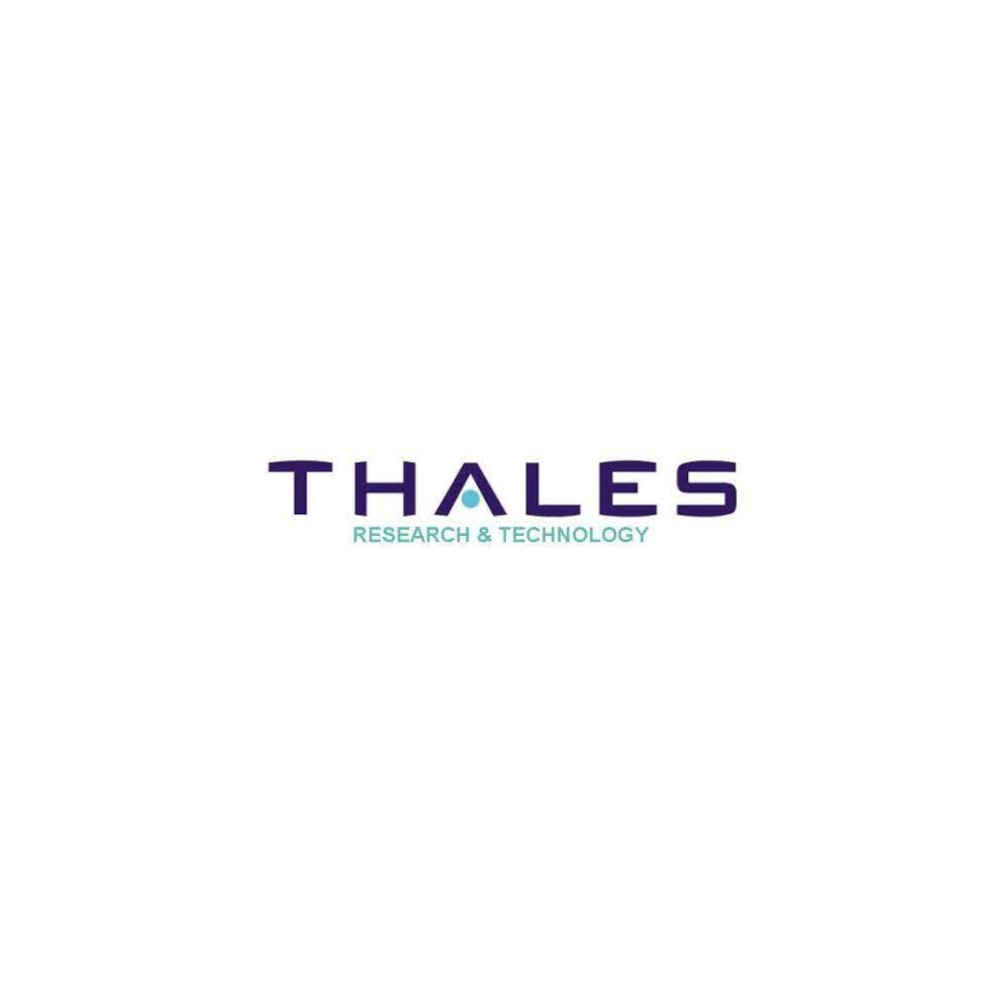THALES Research & Technology France
36 months
2023
€300,000
Goal
To address this intrinsic limitation of planar antennas, the ALADDIN project proposes to develop a functionalized dielectric layer, shaped by 3D printing and integrated into the inner face of the radome, performing a deflection function to selectively straighten grazing beams so as to reduce the gain loss and thus ensure that communication and throughput are maintained at high elevations (>60°), through two lines of work: (1) The development of an original beam deflection function based on exploiting the angular selectivity of a Bragg grating. A demonstrator operating in the Ka reception band (17.3-21.2 GHz) will be produced, (2) The development of numerical tools for electromagnetic calculation and rapid design.
Technologically, this work will be based on the following advances:
– The synthesis of filaments of high permittivity materials
– The software and hardware developments required for the direct printing of a spatial gradient of permittivity on a flat surface and then on a non-developable three-dimensional surface.
CANOE’s main tasks will be (1) the development of PEKK-TiO2 filaments, (2) the HW and SW development for printing the permittivity gradient, (3) the production of test vehicles, (4) the multi-physical characterisation of the materials developed, (4) the production of the final demonstrator.
ALADDIN
The multiplication of satellite communication links is a strong trend in recent years. Thanks to greater accessibility to Earth orbits, multiple opportunities for deployment of constellations have appeared and therefore new services. These new services are also at the heart of national and European sovereignty issues.
In this context, the ALADDIN project, financed by the DGA (Directorate General of Armaments), the AID (Defense Innovation Agency) and implemented by the ANR (National Research Agency), made up of 3 partners, aims to contribute to the development of high-speed satellite communication systems for airborne platforms, within the framework of what is generally called “SATCOM on-the-move”.
In particular, the aim of the ALADDIN project is to offer a technical solution that will significantly improve the quality of these communications in difficult conditions where the satellite is close to the horizon. For reasons of aerodynamic constraints, cost and discretion, carrier antennas are ideally thin and integrated directly onto the fuselage. As a result, their ability to maintain the quality of the communication link with satellites at high elevations is severely degraded. To date, there is no small-form-factor solution offering outstanding de-pointing performance (above 60° elevation) for the products on offer.
Patners



